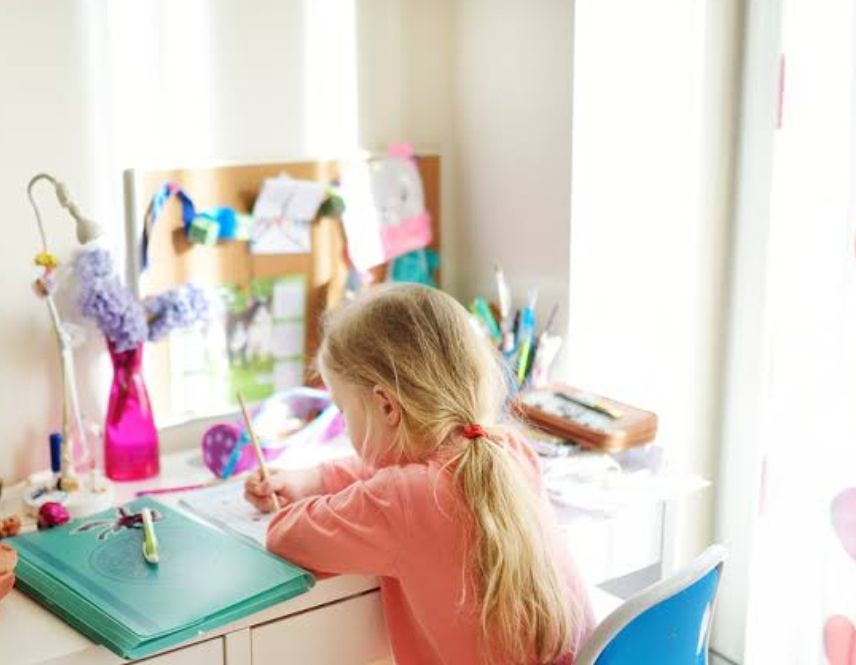
As summer arrives, keeping children engaged in learning can be challenging, but it’s also an opportunity to create a stimulating home learning environment. Whether you’re aiming to reinforce academic skills or explore new hobbies, a well-planned home learning setup can make all the difference.
1. Designate a Learning Space
Create a specific area in your home dedicated to learning. This space should be free from distractions, well-lit, and comfortable. Having a defined learning zone helps children associate the area with focus and productivity.
2. Incorporate Learning Tools
Equip your space with the right tools – books, art supplies, educational games, and technology like tablets or computers. Organize these tools to encourage independence and creativity.
3. Set a Routine
A summer routine that balances learning and play is essential. Setting regular study times can help maintain a rhythm, making learning a natural part of the day without feeling forced.
4. Incorporate Outdoor Learning
Summer is the perfect time to extend learning beyond the walls of your home. Use nature as your classroom – whether it’s gardening, stargazing, or a science experiment in the backyard. These activities make learning hands-on and fun.
5. Leverage Online Resources
There are countless online resources available for summer learning. Websites offering free courses, virtual museum tours, and educational apps can supplement traditional learning methods and keep things interesting.
6. Encourage Independent Learning
Summer is an excellent time to foster independent learning. Allow your children to choose topics that interest them, research on their own, and even teach you what they’ve learned.
7. Create a Summer Reading Program
Incorporate a summer reading challenge to boost literacy. Encourage your child to pick out books they’re excited about, and set goals to complete them by summer’s end.
8. Incorporate Life Skills
Summer is a great time to teach life skills that aren’t always covered in the classroom. Cooking, budgeting, gardening, or basic home maintenance are valuable skills that can be learned at home.
9. Make Learning Fun
Finally, remember that learning should be enjoyable. Incorporate games, creative activities, and exploration into your routine to keep the learning process exciting and engaging.
Conclusion
Creating a home learning environment for summer doesn’t have to be complicated. By designing a dedicated space, setting routines, and incorporating both indoor and outdoor activities, you can make summer both educational and enjoyable for your children.
Ready to create the perfect summer learning environment? Don’t miss out on more tips and resources. Subscribe to our newsletter for expert advice and exclusive content.










